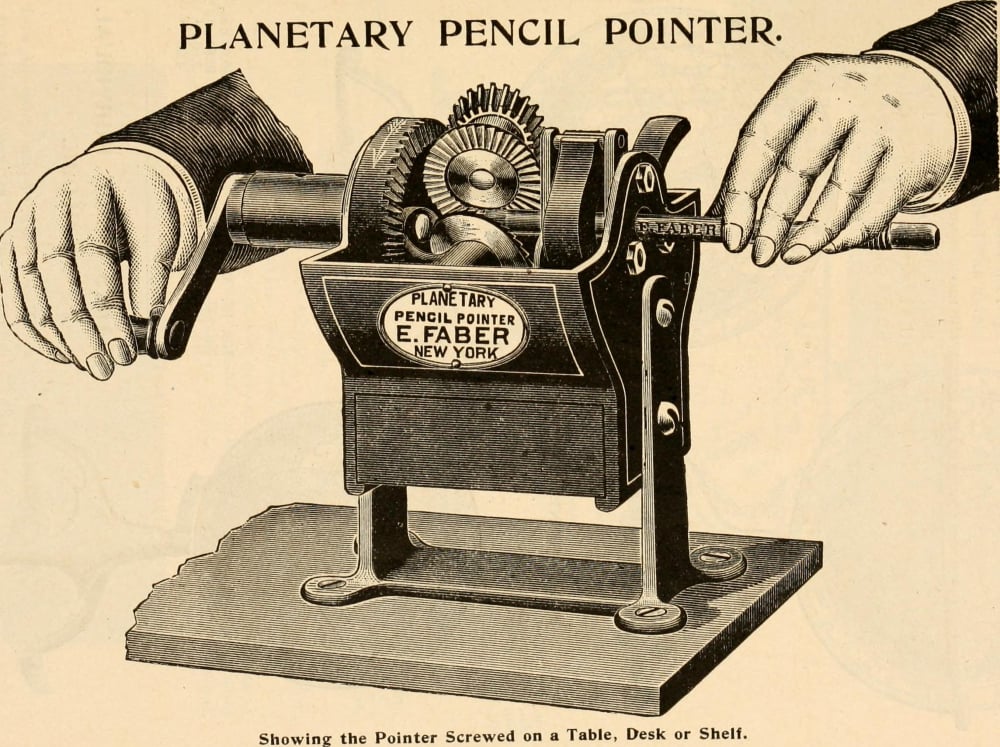Teach This Poem is a weekly series featuring a poem from our online poetry collection, accompanied by interdisciplinary resources and activities designed to help K-12 teachers quickly and easily bring poetry into the classroom.
Teach This Poem, though developed with a classroom in mind, can be easily adapted for remote learning, hybrid learning models, or in-person classes. Please see our suggestions for how to adapt this lesson for remote or blended learning. We have also noted suggestions when applicable and will continue to add to these suggestions online.
-
Warm-up: Sketch a picture of your favorite school supply or supplies. Without discussing, share your picture with your classmates. (Teachers, if you are teaching remotely, you may want to ask students to all share their images via a video meeting platform at the same time. If you are meeting asynchronously, you might ask students to post an image to your online classroom platform.)
-
Before Reading the Poem: Look at the image of the planetary pencil pointer. What might the object in this image be, and how might it be used in schools? How is this object similar to or different from modern day school supplies?
-
Reading the Poem: Read the poem “To a No. 2 Yellow Pencil on May 1, 2020” by Kimiko Hahn silently. What do you notice about the poem? Annotate for any words or phrases that stand out to you or any questions you might have. (Teachers, if you are meeting synchronously, we suggest sharing a video screen that allows for students to annotate together. If you are meeting asynchronously, we suggest asking students to post or share their annotations in your online classroom platform.)
-
Listening to the Poem (enlist two volunteers to read the poem aloud): Listen as the poem is read aloud twice, and write down any additional words and phrases that stand out to you. You may opt to listen to the poet read the poem aloud twice here. Call back the lines that you like by saying these lines aloud with your classmates. (Teachers, for synchronous meetings, you could ask two students to read the poem. For asynchronous meetings, students could read the poem on their own or with a family member.)
-
Small-group Discussion: Share what you noticed in the poem with a small group of students. Based on the details you just shared with your small group, how might the poem compare or contrast with your observations of the planetary pencil pointer?
-
Whole-class Discussion: What might the significance of the date in the title be? How has life changed for you in 2020? (Teachers, for synchronous discussions, you can use whole-class discussion or break-out rooms. For asynchronous discussions, you might want to ask students to respond in writing.)
-
Extension for Grades 7-8: Read more ode poems to objects: “Owed to the Durag,” “Ode to My Socks,” “Ode to Kool-Aid.” In the final line of the poem, Hahn writes, “I declare I hold you dear.” Who or what do you hold dear? Why? What object or objects have become more meaningful to you since the beginning of 2020? Why? Write an ode poem exploring this object or person. Share your poems with your class. (Teachers, if you have not discussed ode poems, you can find more information here. You might also wish to create space on an online platform for students to share and respond to each other’s poems.)
-
Extension for Grades 9-12: How has life changed for you in 2020? Watch the Shelter in Poems live event and/or read poetry from that event here. Choose to write a poetic response to one of the poems that you read or watched. Or, think about which texts are offering solace or courage these days. Choose two texts (these can be songs, poems, quotes, articles, photographs, etc.) and explain how these texts are personally meaningful to you right now. (Teachers, you might want to consider creating space on an online platform for students to share their writing and respond to each other’s work.)

